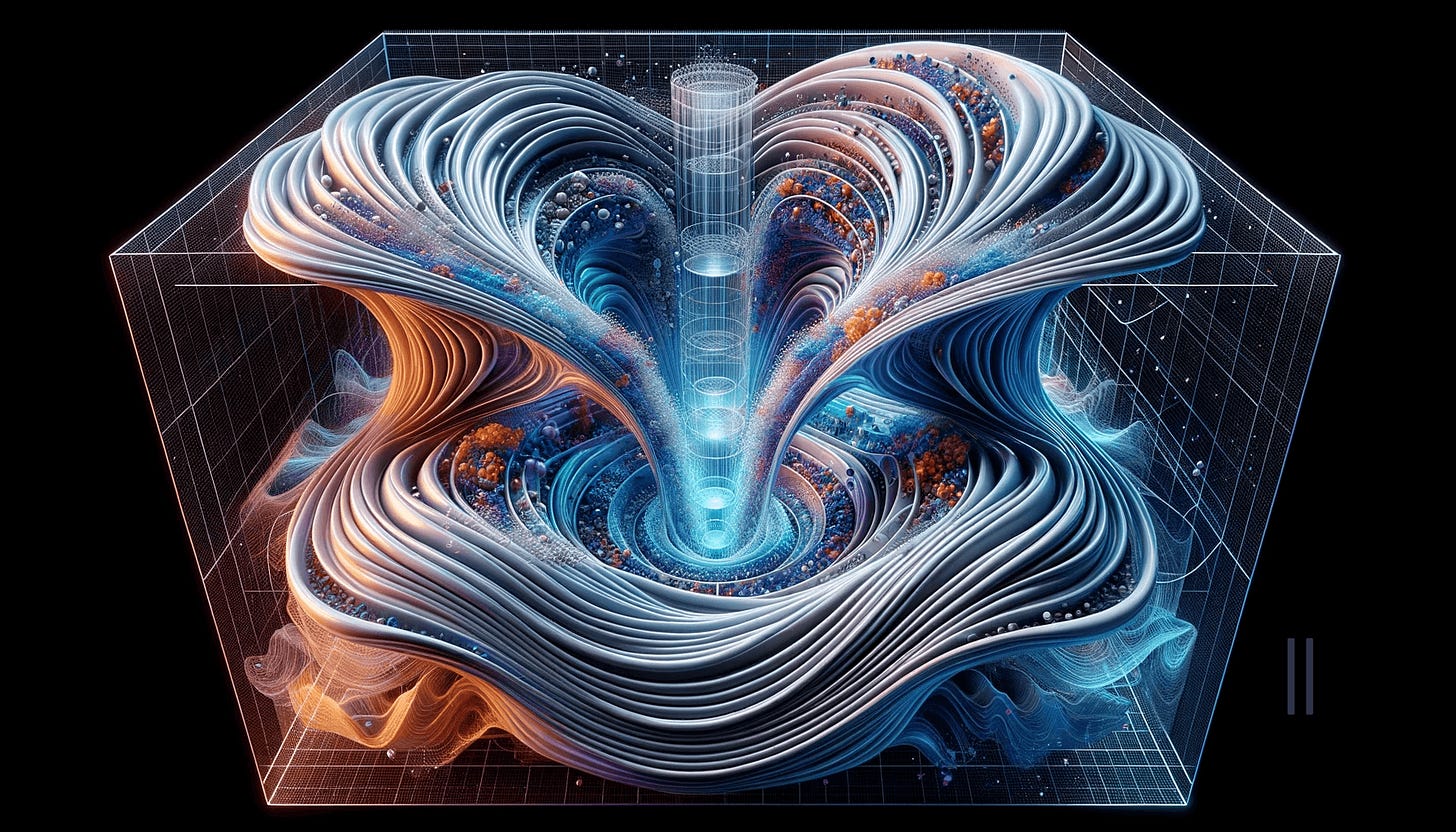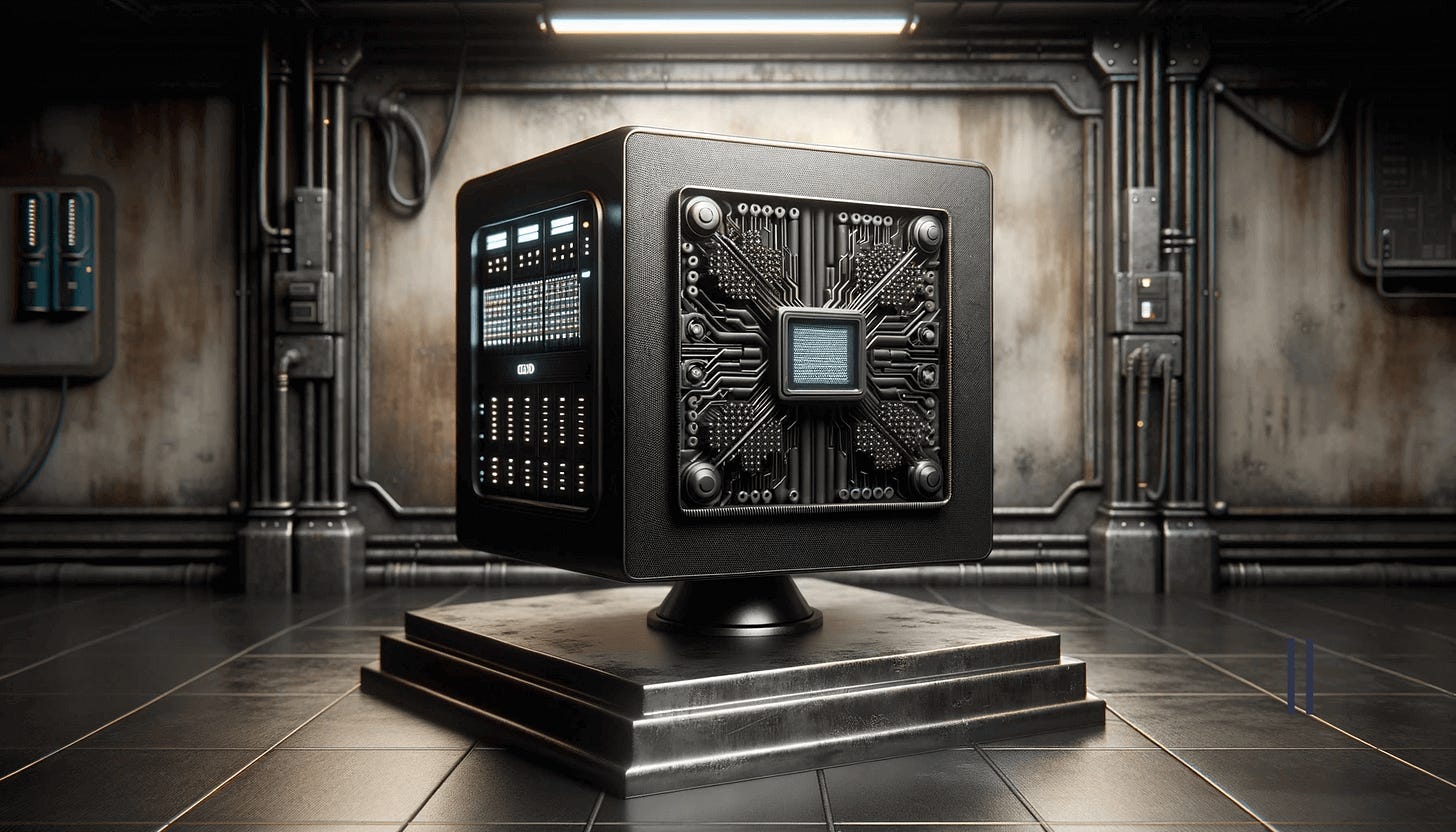Harnessing the Power of AI in Technology Development
A blend of physics and deep learning is set to transform how we approach problem-solving in numerous domains.
Understanding our environment, and predicting how it will evolve is one of the key challenges of humankind. A key tool for achieving these goals is numerical simulation, and next-gen simulations could strongly profit from integrating deep learning components to make even more accurate predictions about our world. To quote Nils Thuerey:
“Understanding our environment, and predicting how it will evolve is one of the key challenges of humankind. A key tool for achieving these goals are simulations, and next-gen simulations could strongly profit from integrating deep learning components to make even more accurate predictions about our world.” —Nils Thuerey
Since stuff around us is not static (even though some things might look like it), we need to understand how things change over time, and it's also very beneficial to know how we can influence these changes. Mathematics provides us with a powerful toolset to do so. Problems stemming from the interplay of the complex, interconnected systems that govern our world are often described by partial differential equations (PDEs).
As mathematics is evolving, we are able to describe more and more complex phenomena with PDEs, and we are also able to solve them with increasing accuracy. However, the complexity of the problems we are trying to solve is growing even faster, and even though throughout the years humans developed a wide range of numerical methods to solve PDEs and figure out how to tackle numerical instabilities in the process, we are reaching the limits of our current methods. This is where AI comes into play.

In the past few years, we've seen a tremendous progress in the field of AI, although the mainstream interest was mostly focused on applications from the fields of computer vision, natural language processing, and others that are more closely related to the human experience.
The new generation of AI models is able to learn complex patterns from data, but in addition to that, new architectures and approaches were recently developed for integrating a knowledge of physics into the learning process. They are often called various names, but mostly are grouped under the category of so-called "scientific machine learning", or SciML in short. These new methods opened up a whole new world of possibilities for engineering and science.
SciML is a combination of machine learning, deep learning, and physics-based modeling. When taking a step back and looking into data-driven deep learning methods, these are often associated with black boxes, and the training process is looked onto as something beyond human understanding.

I know many of you may be hesitant when you think about this, like, “How can something that we don't understand be used to help us understand nature if it's a black box that we don’t fully understand?” We still need to do more work in terms of trying to learn more about these types of architectures, going down deep into understanding and doubling down on explainable AI models. So, the problem with black boxes in terms of data-driven models has slowly been mitigated with these new types of AI models called physics-driven machine learning or PhysicsML, which can be considered part of the scientific machine learning framework. This way, we can incorporate the knowledge of some mathematical formulation into the neural network itself, which is a huge thing actually.
Another thing is that these types of models, after they are trained, can be used for simulations of various physics phenomena with extreme speed-ups up to hundreds of thousands of times faster than the traditional simulation software





